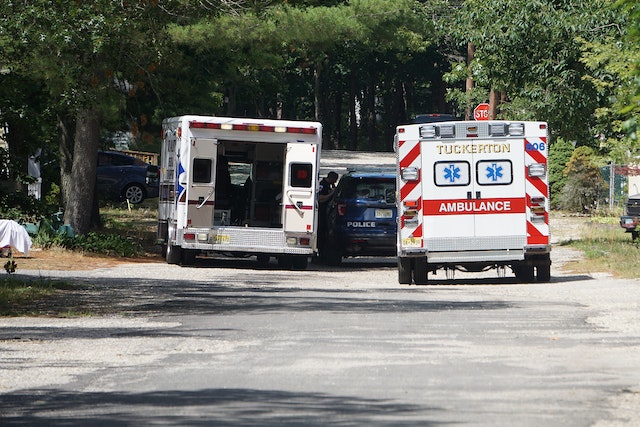Completing an EMR course equips individuals with the skills to act as initial responders during a medical emergency until advanced EMS assistance is available. Additionally, the course covers fundamental assessments and treatments that can be administered on-site.
Students who pass this course often go on to enroll in an EMT program, volunteer with local EMS agencies, or prepare for further medical education. But before you enroll, there are a few things you should know.
Qualifications
In the emergency medical responder course Texas, or First Responder, students are taught to recognize and assess emergencies before higher-level emergency medical services arrive. They provide immediate lifesaving interventions while awaiting further EMS resources to arrive. This includes using an automated external defibrillator (AED) to shock patients whose heart has stopped beating.
Fire departments typically offer EMR training, and it is recommended or required for factory safety and response personnel, police officers, search and rescue personnel, and anyone who will be responding to medical emergencies at work or in the community. EMR classes include classroom instruction, a practical lab session, and hands-on psychomotor skills lab sessions.
The qualifications for enrolling in an EMR course include completing a Registry-accredited Emergency Medical Responder course that meets the National EMS Education Standards. Students must pass the Registry cognitive (knowledge) and psychomotor exam within two years of graduation. Additionally, students must have a current BLS for Healthcare Provider certification.
Experience
If you are considering a career in the emergency medical field, an EMR course can help jump-start your journey. The training teaches first responders how to assist injured, sick, or cardiac arrest patients and assess and prioritize treatment based on each patient’s condition. It also teaches first responders how to use an automated external defibrillator (AED), which can save lives by reviving a person who has gone into cardiac arrest.
First responders also need excellent interpersonal skills to communicate clearly and effectively with other emergency personnel and patients. They need to be able to stay calm during stressful situations and make influential decisions about treatment. They also need physical strength to move victims from dangerous locations or transport them to ambulances. The Tactical Emergency Casualty Care (TECC) course equips EMS personnel and first responders with the trauma and life-saving skills needed to care for victims during mass casualty or active shooter events.
Education
This two-course sequence is designed for students interested in emergency pre-hospital care. It prepares EMR students to provide immediate life-saving interventions for patients of all ages while waiting for higher-level EMS response. The course material includes an overview of EMS systems, the duties and obligations of EMRs, the study of anatomy and physiology, handling medical emergencies, and dealing with traumatic situations.
The 11th edition of this EMR textbook is the latest version of one of the most popular EMR curriculum resources for teachers and students. It provides a solid foundation for student learning. It features step-by-step skills demonstrations, digital skills videos, and a syllabus conversion guide for educators who want to update their instructional materials.
This EMR course teaches students how to recognize and respond appropriately to medical and traumatic emergencies, assist with patient assessment, and transfer under medical oversight to a higher-level EMS resource. Classroom-based instruction and hands-on skills labs also allow students to practice medical care and safety concepts in a realistic emergency. Co-curricular career and technical education (CTSO) activities, including a hospital internship, further develop leadership, interpersonal, and career skills.
Training
Proper training and understanding of the equipment necessary for a medical situation can save lives. During EMR training, students learn CPR and how to use an automated external defibrillator (AED). They also practice breathing techniques to help someone in respiratory distress and assist with airway management for choking victims.
EMR courses prepare students to provide emergency pre-hospital assessment and care for patients of all ages with various medical conditions and traumatic injuries. They cover topics including an introduction to emergency medical services systems, roles and responsibilities of first responders, anatomy and physiology, medical emergencies, and special considerations for working in the pre-hospital setting.
In addition to learning about the medical response, EMR students take a course that teaches them the basics of workplace safety in healthcare industry settings. This is a crucial aspect of the training that prepares them to be the bridge from the scene of an accident to the emergency healthcare system.





